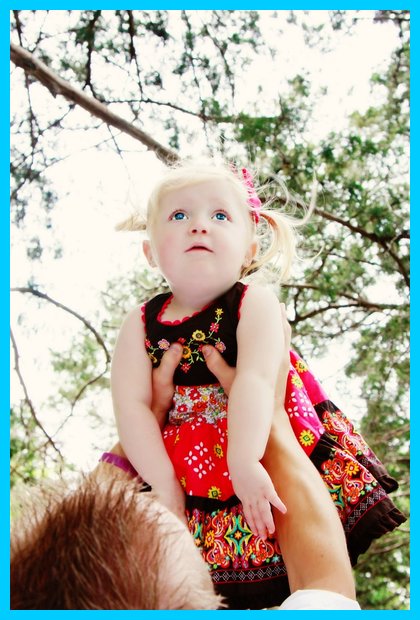The best way I can describe the VNS therapy is that it works similar to a pace maker except it sends regulated pulses onto her nervous system. The little battery pack is put under her skin on her left side below her collarbone, near her armpit. The surgeon will also make a small incision on the left side of Bug's neck and this will be where she will attach the lead, a small, flexible wire, onto Bug's vagus nerve and feed that wire down to connect to the battery.
Rayleigh's surgeon is a pediatric neurosurgeon, but this is NOT brain surgery.
So the idea is that the VNS sends regular pulses at timed intervals through the vagus nerve to the brain to help prevent the electrical irregularities that cause seizures. Bug's epileptologist will use a large wand and keypad to regulate the pulses. At first it will most likely be set to just a few pulses once an hour, a non-theraputic dose just so her body can adjust to having this new thing inside and controlling things. Then we will visit the epileptologist every 2 weeks to slowly make adjustments so that it will send pulses more frequently. Later, we will only have to see him every few months for adjustments.
The doctors have brought up the VNS therapy at a few different appointments but it was always an option for further down the road. But at her last epileptologist visit he asked us to look into and get more information so he put us in touch with a nurse at Cyberonics (the VNS company) she mailed us easy-to-comprehend pamphlets and talked on the phone with us for an hour answering any questions about the VNS. She then ran the surgery through insurance and set up our surgical consultation to gather further information.
By the time our surgical consultation was here (only 2 weeks later!) we had already read the booklets and I had talked with other CDKL5 families about their experience with VNS. The overall consensus is that at worst, the VNS did nothing. I have not heard any negative side effect stories about the VNS therapy so we thought, if it's not going to hurt her then we might as well try it to help her!
Most of the CDKL5 family stories I have read are that the VNS helps with some seizure control but the biggest benefit seems to be awareness and development. Like the VNS is regulating enough brain activity to maintain some learning during her PT or something! So even if all we gain from the VNS is better focus or she learns to sit (she's getting closer again!) then it will be worth it in our eyes.
OH, I forgot one of the biggest benefits of the VNS!!!!!
We will be given a VNS Therapy magnet.
So let's say Rayleigh's pulses are set to a few every 40 minutes. Well, it's possible for her to have an electrical misfire between that 40 minutes and go into a seizure. That's where the magnet comes in. We can wave the magnet over the VNS battery and it will immediately send a pulse to the nerve to the brain.
Here's an excerpt from one of the VNS booklets that Cyberonics mailed us:
"By swiping the VNS Therapy magnet over the generator when you feel a seizure coming on or during a seizure, you or your caregiver will be able to
- stop your seizure
- shorter your seizure
- decrease the intensity of your seizure
- improve the recovery period of your seizure"
So to wrap up this post, I'll finish up with some short bits of info:
- The VNS will take about a year to show full effects.
- The effects typically do not wear off, in fact they can get better with time
- She will continue taking her seizure control medicines, some patients were able to lower the doses over time
- The battery lasts 5-7 years, when it gets close to going out the surgeon will replace the battery (only one incision, new battery will connect to same lead)
- The epileptologist will be able to check the battery life when we see him for pulse adjustments
- A common dose of stimulation is 30 seconds of pulses every 5 minutes
Happy Turkey Day, y'all!


